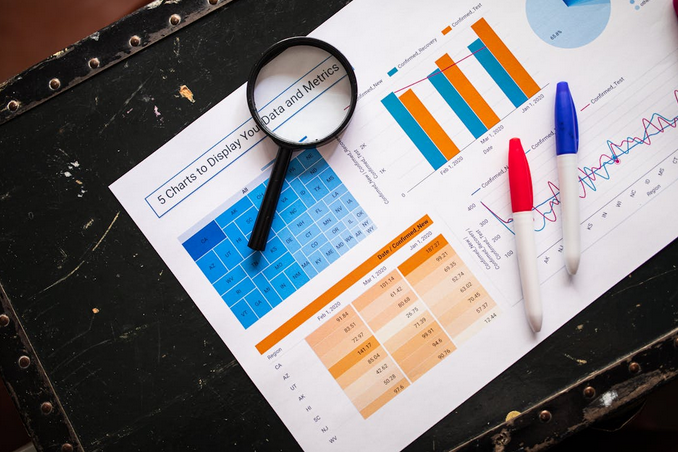Revenue recognition is a crucial aspect of accounting that determines when and how revenue is recognized in financial statements. With evolving business practices and regulatory requirements, understanding the latest standards and practices in revenue recognition is more important than ever. Most importantly, knowing how to migrate from ns to qb while adhering to these standards ensures that your revenue recognition processes remain accurate and compliant. In this article, we’ll walk you through the key changes and best practices for accounting for revenue recognition in a friendly and informative tone.
What Is Revenue Recognition?

Revenue recognition is the process of recording revenue in the financial statements when it is earned, regardless of when the cash is actually received. This principle ensures that revenue is reported in the period in which it is earned and matches the expenses incurred to generate that revenue.
The New Standards: IFRS 15 and ASC 606
In recent years, significant changes have been made to revenue recognition standards globally. The International Financial Reporting Standards (IFRS) 15 and the Accounting Standards Codification (ASC) 606 in the U.S. have introduced a more consistent and comprehensive approach to revenue recognition.
IFRS 15
IFRS 15 establishes a framework for recognizing revenue from contracts with customers. Its goal is to enhance comparability across industries and countries by introducing a unified, principles-based model for revenue recognition.
ASC 606
Developed by the Financial Accounting Standards Board (FASB), ASC 606 aligns closely with IFRS 15. It establishes a comprehensive framework for recognizing revenue and improves consistency across U.S. Generally Accepted Accounting Principles (GAAP) and international standards.
Key Principles of the New Standards

Both IFRS 15 and ASC 606 are built around a core set of principles designed to improve revenue recognition practices. Here are the key principles:
Identify the Contract with the Customer
Revenue should be recognized according to the terms outlined in a contract with a customer. A contract is an agreement that establishes enforceable rights and obligations and can be in written, oral, or implied form based on customary business practices.
Identify the Performance Obligations
Performance obligations are promises in a contract to transfer goods or services to a customer. Each distinct good or service should be treated as a separate performance obligation if it is capable of being distinct and distinct within the context of the contract.
Determine the Transaction Price
The transaction price is the amount of consideration a company expects to be entitled to in exchange for transferring goods or services. It should include variable considerations, such as discounts or incentives, that are likely to be received.
Acknowledge Revenue When Each Performance Obligation is Satisfied
Revenue is recognized when a performance obligation is fulfilled by transferring control of a good or service to the customer. This transfer of control can happen either over time or at a specific point, depending on the nature of the transfer.
Best Practices for Implementing the New Standards

Implementing the new revenue recognition standards requires careful planning and execution. Here are some best practices to help you navigate the transition:
Review and Assess Contracts
Thoroughly review your contracts with customers to identify performance obligations and determine how they align with the new standards. Ensure that all relevant terms and conditions are considered in the revenue recognition process.
Update Accounting Policies and Procedures
Update your accounting policies and procedures to reflect the new standards. This may involve revising revenue recognition policies, adjusting internal controls, and implementing new reporting processes.
Train Your Team
Ensure that your accounting and finance teams are well-versed in the new standards. Provide training and resources to help them understand the changes and apply the new principles effectively.
Use Technology and Automation
Leverage technology and automation tools to streamline the revenue recognition process. Accounting software that supports the new standards can help ensure accurate and timely reporting.
Monitor and Review
Continuously monitor and review your revenue recognition practices to ensure compliance with the new standards. Regularly assess the effectiveness of your processes and make adjustments as needed.
Accounting for revenue recognition is evolving, with new standards like IFRS 15 and ASC 606 reshaping how revenue is recorded and reported. By understanding and implementing these new principles, you can ensure that your financial statements accurately reflect your revenue and provide valuable insights for decision-making.




 ends and relatives accompanies the greatest
ends and relatives accompanies the greatest 

